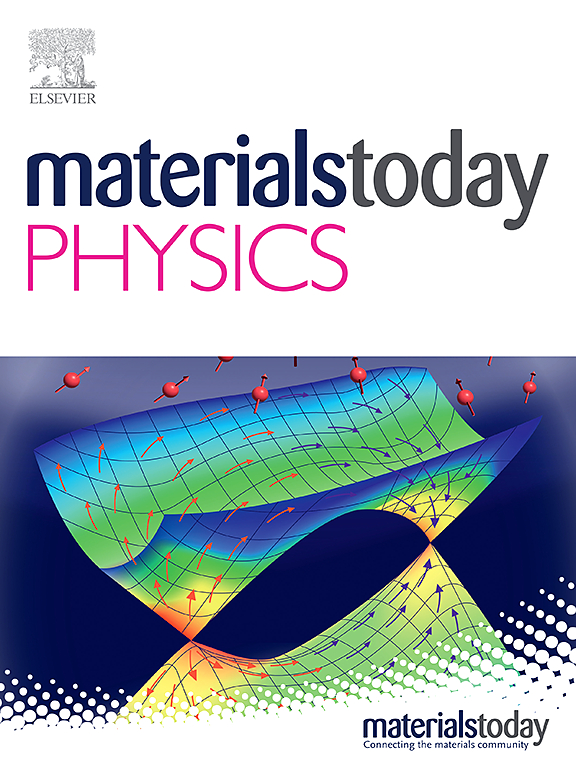一种新的癌症放射光动力治疗模式:伽玛刀与Cu-Cy纳米颗粒联合治疗肝癌的光动力效应
IF 9.7
2区 材料科学
Q1 MATERIALS SCIENCE, MULTIDISCIPLINARY
引用次数: 0
摘要
肝细胞癌(HCC)是一种侵袭性肝癌。伽玛刀是一种微创治疗癌症的选择,但它仍然受到诸如肿瘤复发和转移进展等限制。相比之下,光动力疗法(PDT)利用肿瘤特异性靶向治疗,同时提供三个临床益处:可重复给药、免疫调节活性和与全身治疗的协同整合。然而,传统的PDT在治疗深部肿瘤(如HCC)方面存在局限性。半胱胺铜(Cu-Cy)是一种新型的光敏剂,可以通过x射线照射直接激活。我们的初步研究表明,Cu-Cy可以被伽玛刀发射的伽马射线激活,使其对PDT有效。后续结果表明,伽玛刀联合cu - cy介导的PDT不仅能有效抑制HCC细胞的增殖和迁移,还能抑制肿瘤生长,且无明显副作用。本研究证实了伽玛刀联合cu - cy介导PDT治疗HCC的有效性和安全性,同时也在治疗方法上引入了创新的理论和策略。此外,我们的研究为PDT激发光源的选择提供了新的视角,有可能推进Cu-Cy的临床应用和转化可行性。本文章由计算机程序翻译,如有差异,请以英文原文为准。


A novel modality of radiation photodynamic therapy for cancer: the combination therapy of gamma knife and Cu-Cy nanoparticle mediated photodynamic effect on liver cancer
Hepatocellular carcinoma (HCC) is an aggressive form of liver cancer. Gamma Knife is a minimally invasive treatment option for cancer, but it remains constrained by limitations such as tumor recurrence and metastatic progression. In contrast, photodynamic therapy (PDT) utilizes tumor-specific targeting while providing three clinical benefits: repeatable administration, immunomodulatory activity, and synergistic integration with systemic therapies. However, traditional PDT faces limitations in treating deep-seated tumors, such as HCC. Copper cysteamine (Cu-Cy) serves as a novel photosensitizer that can be activated directly by X-ray irradiation. Our initial studies have demonstrated that Cu-Cy can be activated by the gamma-ray emitted by the Gamma Knife, making it effective for PDT. Subsequent results showed that combining the Gamma Knife with Cu-Cy-mediated PDT can not only effectively suppress the proliferation and migration of HCC cells but also inhibit tumor growth without obvious side effects. This study substantiates the efficacy and safety of combining Gamma Knife treatment with Cu-Cy-mediated PDT for the management of HCC, while also introducing innovative theories and strategies in therapeutic approaches. Furthermore, our research offers a new perspective on the selection of excitation light sources for PDT, potentially advancing the clinical application and translational viability of Cu-Cy.
求助全文
通过发布文献求助,成功后即可免费获取论文全文。
去求助
来源期刊

Materials Today Physics
Materials Science-General Materials Science
CiteScore
14.00
自引率
7.80%
发文量
284
审稿时长
15 days
期刊介绍:
Materials Today Physics is a multi-disciplinary journal focused on the physics of materials, encompassing both the physical properties and materials synthesis. Operating at the interface of physics and materials science, this journal covers one of the largest and most dynamic fields within physical science. The forefront research in materials physics is driving advancements in new materials, uncovering new physics, and fostering novel applications at an unprecedented pace.
 求助内容:
求助内容: 应助结果提醒方式:
应助结果提醒方式:


